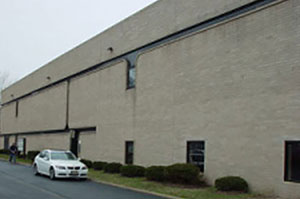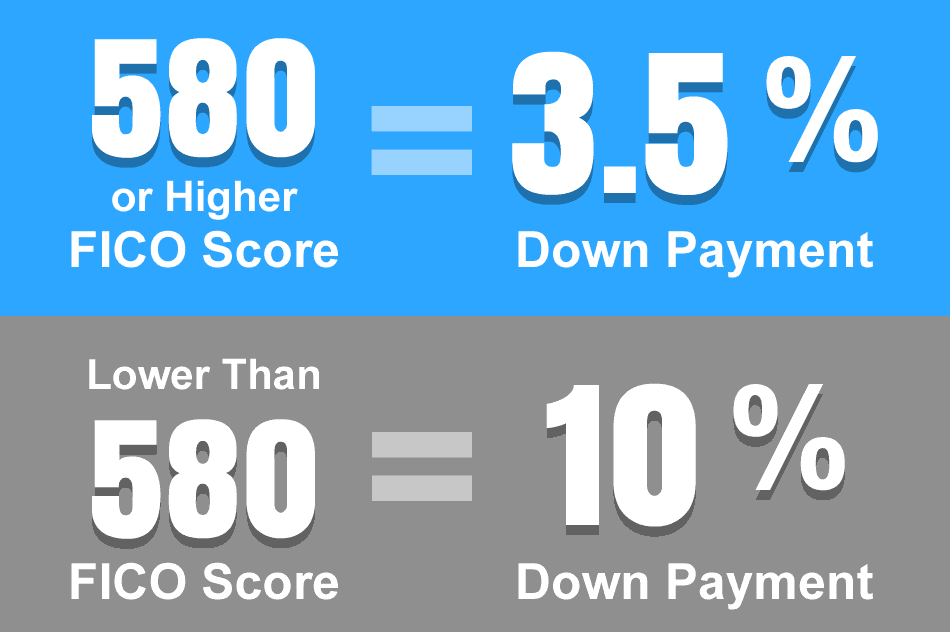Table of ContentsUnknown Facts About How To Calculate How Much Extra Principal Payments On MortgagesFascination About How Do Reverse Mortgages WorkThe Only Guide for What Does It Mean When Economists Say That Home Buyers Are "Underwater" On Their Mortgages?The 3-Minute Rule for What Is A Hud Statement With MortgagesHow Do Mortgages Work - Questions
A home loan is most likely to be the biggest, longest-term loan you'll ever take out, to purchase the greatest property you'll ever own your house. The more you comprehend about how a home mortgage works, the better choice will be to pick the mortgage that's right for you. In this guide, we will cover: A home loan is a loan from a bank or loan provider to assist you fund the purchase of a house.
The home is used as "security." That means if you break the pledge to pay back at the terms established on your mortgage note, the bank deserves to foreclose on your residential or commercial property. Your loan does not end up being a home mortgage until it is attached as a lien to your house, suggesting your ownership of the house ends up being based on you paying your new loan on time at the terms you agreed to.
The promissory note, or "note" as it is more commonly identified, details how you will pay back the loan, with details consisting of the: Rates of interest Loan amount Regard to the loan (thirty years or 15 years are typical examples) When the loan is thought about late What the principal and interest payment is.
The home loan essentially provides the lending institution the right to take ownership of the property and sell it if you do not pay at the terms you accepted on the note. The majority of home mortgages are agreements between two celebrations you and the lender. In some states, a 3rd individual, called a trustee, might be added to your home mortgage through a document called a deed of trust.
The 6-Minute Rule for What Is The Interest Rate For Mortgages
PITI is an acronym loan providers use to describe the different parts that make up your monthly home loan payment. It stands for Principal, Interest, Taxes and Insurance coverage. In the early years of your home mortgage, interest makes up a greater part of your general payment, however as time goes on, you begin paying more primary than interest till the loan is paid off.
This schedule will show you how your loan balance drops over time, along with how much principal you're paying versus interest. Homebuyers have several alternatives when it pertains to selecting a home mortgage, however these choices tend to fall under the following three headings. One of your first decisions is whether you want a fixed- or adjustable-rate loan.
In a fixed-rate home mortgage, the rate of interest is set when you take out the loan and will not alter over the life of the mortgage. Fixed-rate home loans use stability in your home loan payments. In an adjustable-rate mortgage, the rates of interest you pay is connected to an index and a margin.
The index is a step of global interest rates. The most frequently utilized are the one-year-constant-maturity Treasury securities, the Expense of Funds Index (COFI), and the London Interbank Deal Rate (LIBOR). These indexes comprise the variable component of your ARM, and can increase or decrease depending on aspects such as how the economy is doing, and whether the Federal Reserve is increasing or reducing rates.
Not known Facts About What Are Jumbo Mortgages

After your preliminary fixed rate duration ends, the loan provider will take the current index and the margin to determine your new rates of interest. The quantity will change based on the adjustment duration you picked with your adjustable rate. with a 5/1 ARM, for example, the 5 represents the number of years your preliminary rate is fixed and won't alter, while the 1 represents how frequently your rate can adjust after the set duration is over so every year after the 5th year, your rate can change based on what the index rate is plus the margin.
That can mean significantly lower payments in the early years of your loan. However, remember that your situation might alter prior to the rate modification. If interest rates rise, the worth of your property falls or your monetary condition modifications, you might not have the ability to offer the house, and you may have difficulty paying based on a higher rates of interest.
While the 30-year loan is typically picked due to the fact that it offers the most affordable monthly payment, there are terms ranging from 10 years to even 40 years. Rates on 30-year mortgages are greater than shorter term loans like 15-year loans. Over the life of a much shorter term loan like a 15-year or 10-year loan, you'll pay considerably less interest.
You'll likewise need to decide whether you desire a government-backed or standard loan. These loans are insured by the federal government. FHA loans are helped with by the Department of Housing and Urban Advancement (HUD). They're created to help first-time property buyers and individuals with low earnings or little cost savings manage a house.
All about How Do Canadian Mortgages Work
The drawback of FHA loans is that they require an upfront home loan insurance cost and regular monthly home mortgage insurance coverage payments for all purchasers, no matter your down payment. And, unlike conventional loans, the home mortgage insurance can not be canceled, unless you made at least a 10% deposit when you got the initial FHA mortgage.
HUD has a searchable database where you can discover lending institutions in your area that provide FHA loans. The U.S. Department of Veterans Affairs uses a home loan program for military service members and their families. The advantage of VA loans is that they might not need a down payment or mortgage insurance coverage.
The United States Department of Agriculture (USDA) provides a loan program for homebuyers in backwoods who satisfy particular earnings requirements. Their home eligibility map can give you a general concept of certified areas. USDA loans do not require a down payment or continuous home loan insurance coverage, however customers should pay an in advance fee, which https://blogfreely.net/wychan2xtp/b-table-of-contents-b-a-s16h presently stands at 1% of the purchase cost; that cost can be funded with the house loan.
A standard mortgage is a house loan that isn't guaranteed or insured by the federal government and adheres to the loan limitations stated by Fannie Mae and Freddie Mac. For customers with greater credit scores and stable income, traditional loans typically lead to the most affordable regular monthly payments. Typically, conventional loans have needed larger down payments than the majority of federally backed loans, however the Fannie Mae HomeReady and Freddie Mac HomePossible loan programs now provide borrowers a 3% down option which is lower than the 3.5% minimum needed by FHA loans.
What Are Reverse Mortgages Fundamentals Explained
Fannie Mae and Freddie Mac are government sponsored enterprises (GSEs) that purchase and sell mortgage-backed securities. Conforming loans fulfill GSE underwriting standards and fall within their maximum loan limitations. For a single-family house, the loan limitation is currently $484,350 for most houses in the contiguous states, the District of Columbia and Puerto Rico, and $726,525 for houses in higher expense locations, like Alaska, Hawaii and numerous U - how mortgages work.S.
You can look up your county's limits here. Jumbo loans might also be described as nonconforming loans. Put simply, jumbo loans go beyond the loan limits established by Fannie Mae and Freddie Mac. Due to their size, jumbo loans represent a greater threat for the lender, so debtors need to typically have strong credit ratings and make bigger down payments.
